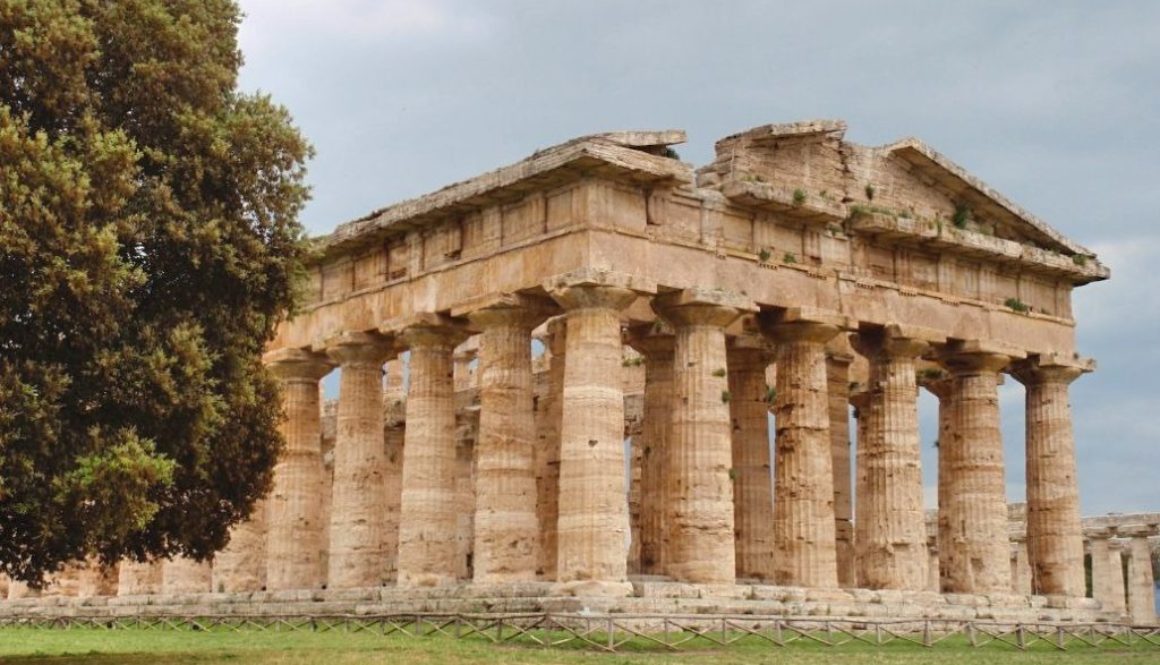Four Unique UNESCO Sites in Italy
Italy currently has 55 UNESCO World Heritage Sites. This is more than any other country in the world. They all reflect significant episodes in Italy’s history, such as the Roman Empire and the Renaissance. Both have played their part in shaping the modern world. It is quite a legacy. Here are four UNESCO sites from across the Italian peninsula. They include cave dwellings, temples, Byzantine churches and Renaissance architecture.
Paestum
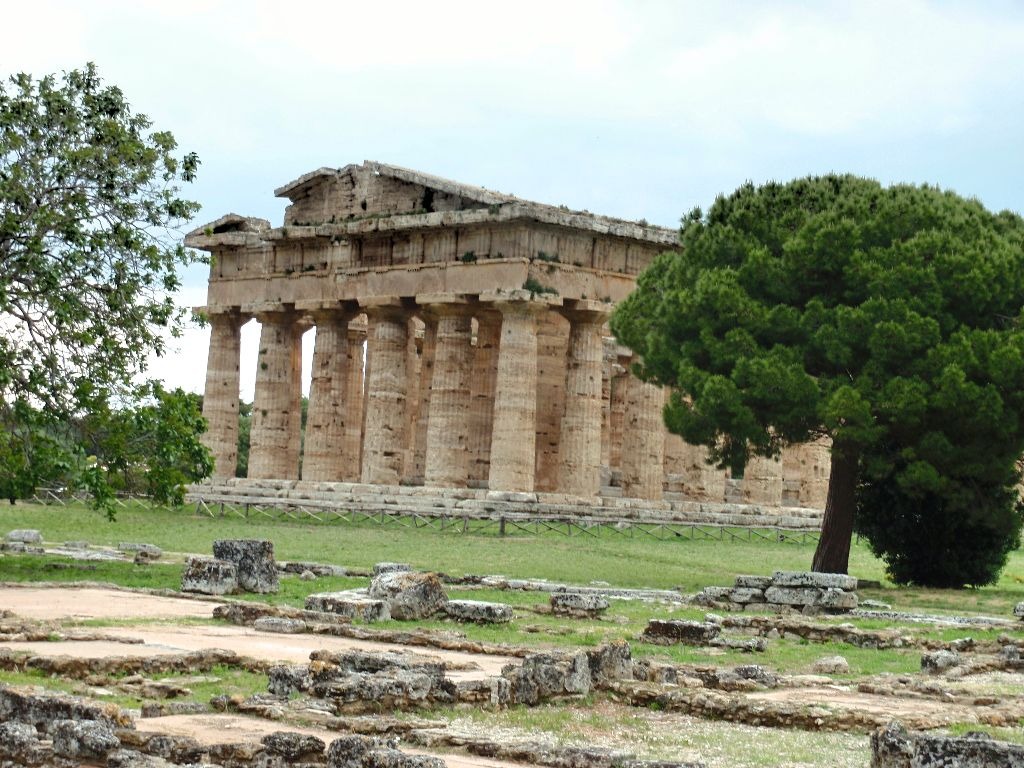
Paestum is part of the Cilento Peninsula. The peninsula is listed as a cultural landscape of outstanding value. Furthermore, there is evidence of continuous human occupation dating from 250,000 years ago.
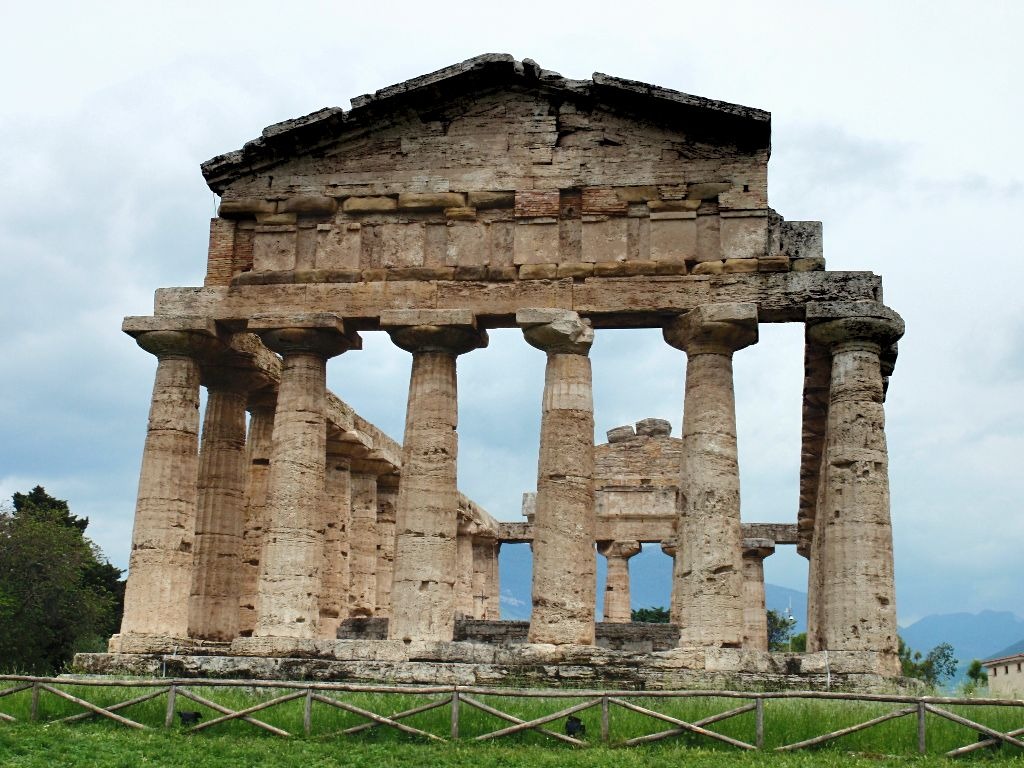
In Paestum, most noteworthy are the three Greek temples. They date as far back as 600 BC. The temples are in an excellent state of preservation.
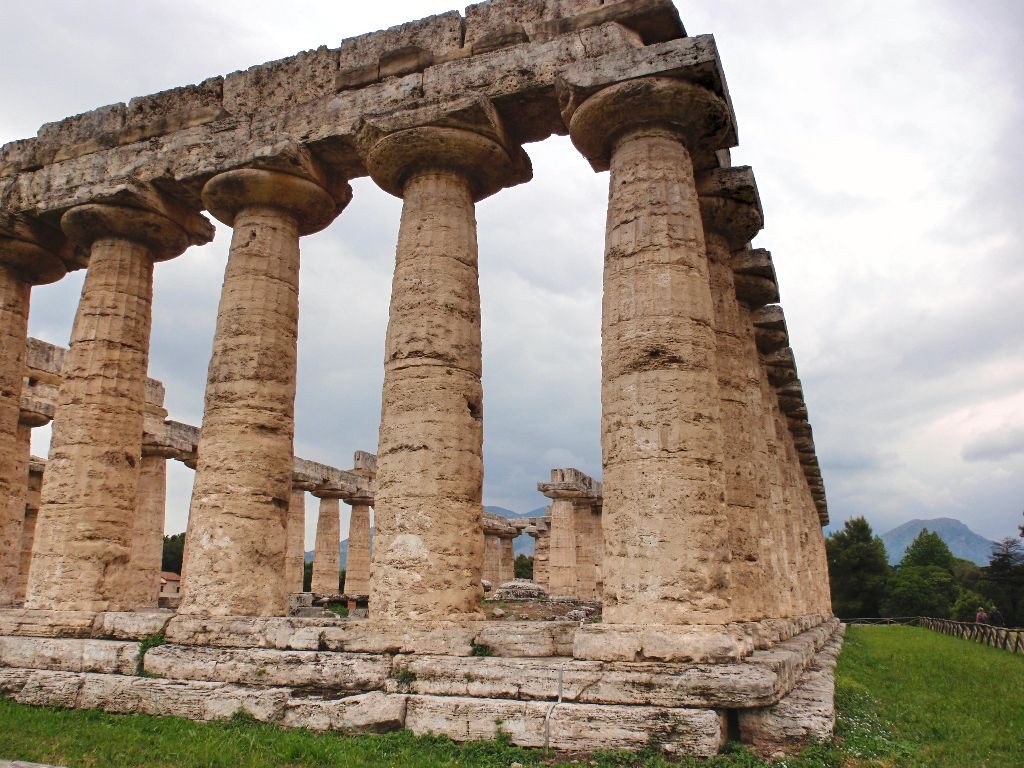
Visiting Information
The Archaeological Park and Museum are open every day from 8:30 to 19:30 every day. They are closed on Christmas Day and New Years Day. Check opening times for the museum.
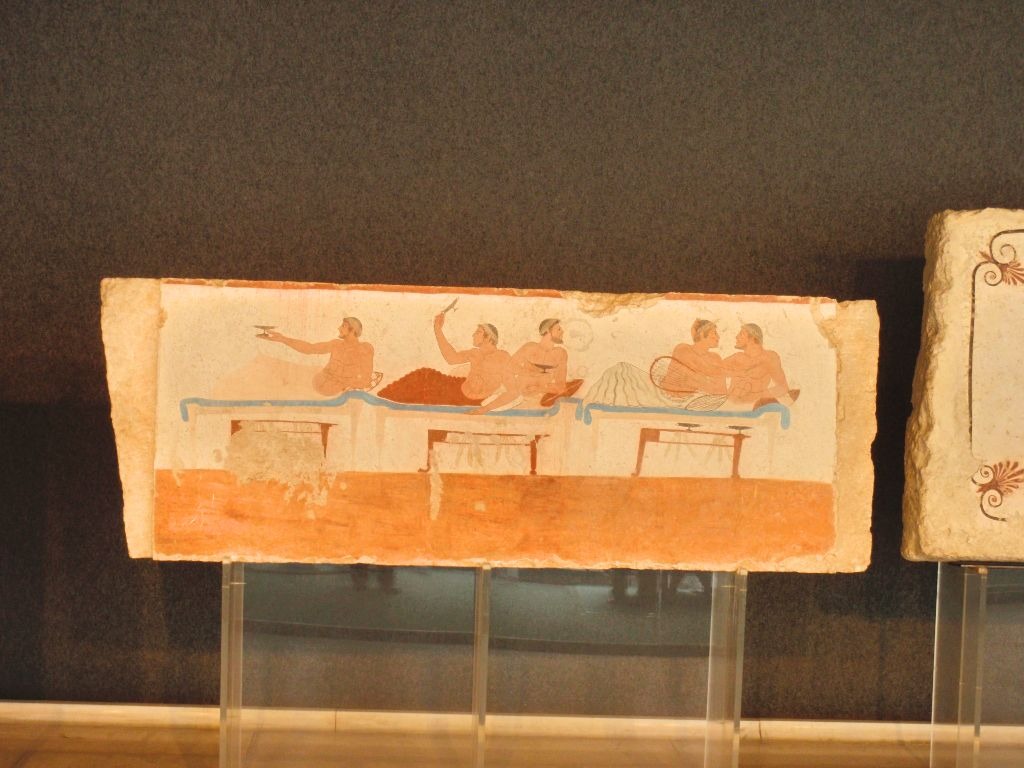
Cost is 11 euro (under 18’s are free).
The park is about a 10-minute walk from the railway station. By rail, Paestum is 1hr 20 min from Naples.
Matera
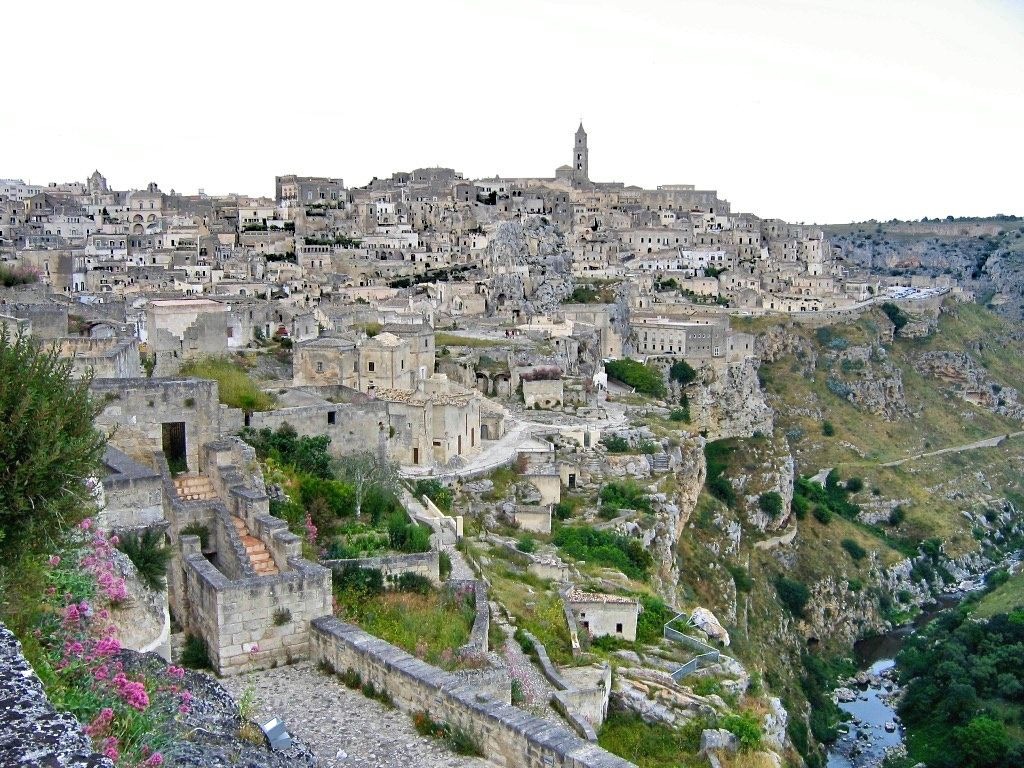
Matera shows evidence of continuous occupation through several millennia. It is thought the caves were first occupied during the Palaeolithic period. There are more than a thousand dwellings in the Sassi area. They include shops, workshops, churches, monasteries and hermitages. They were all built into the natural caves of the Murgia valley.
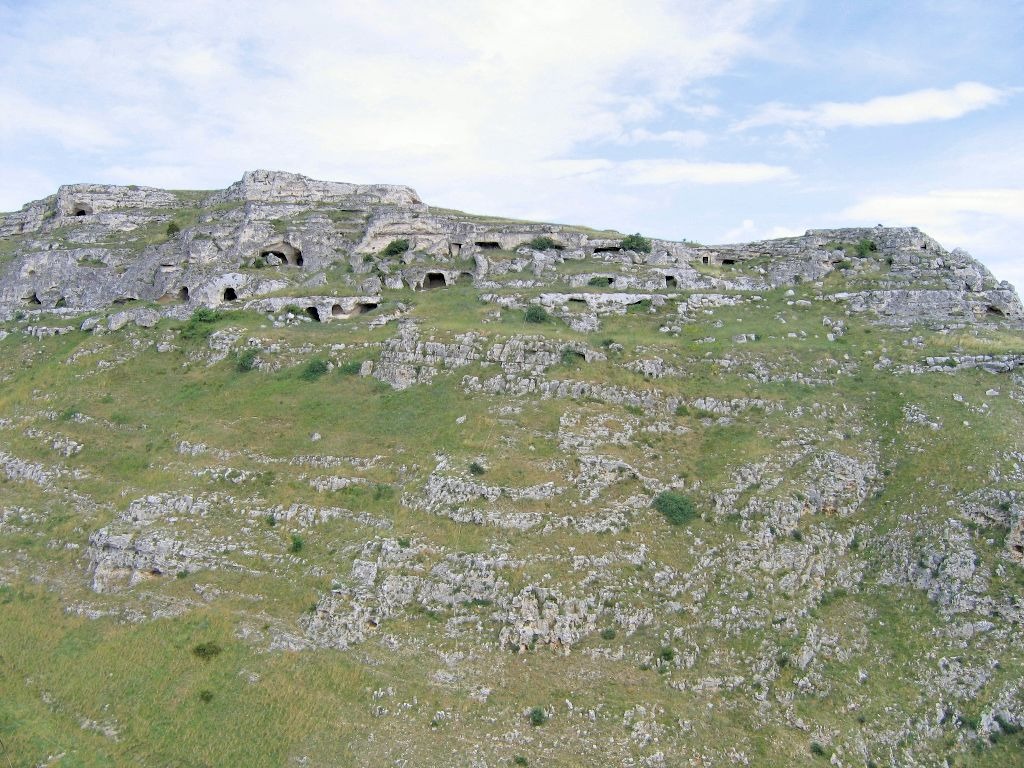
In the 1950s the entire population of the Sassi was relocated. The move was made to improve on sanitation and to renovate the ancient districts.
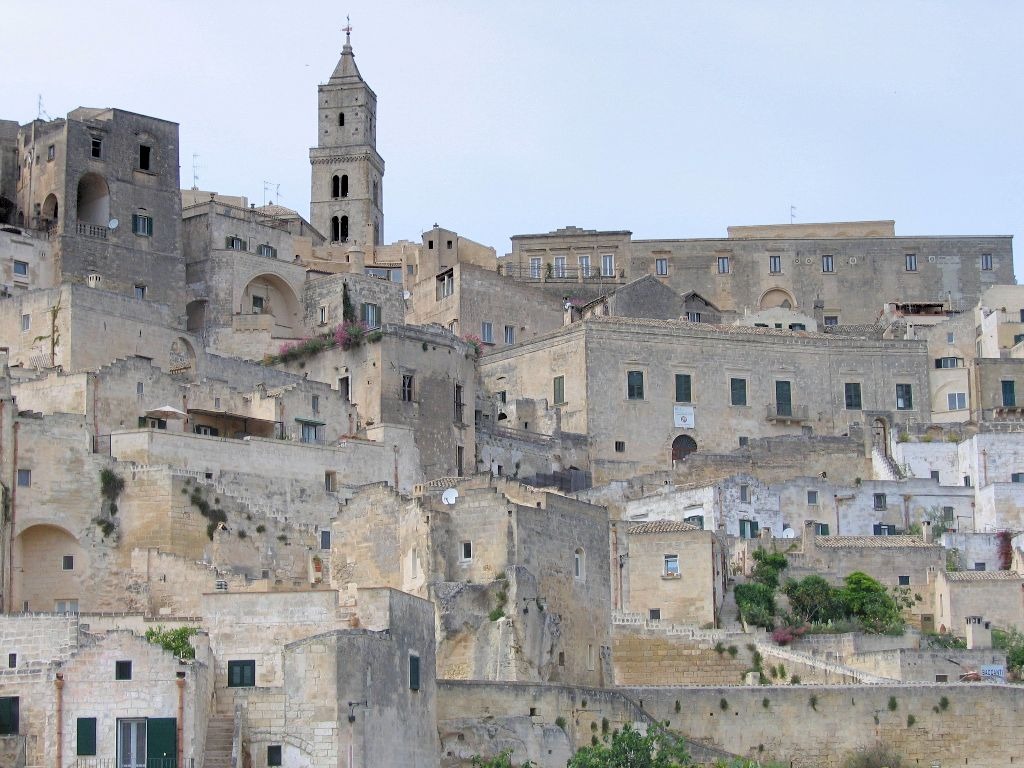
What we see today are the efforts of people returning from the 1980s to the Sassi. Currently, Matera is one of the 2019 European Capitals of Culture.
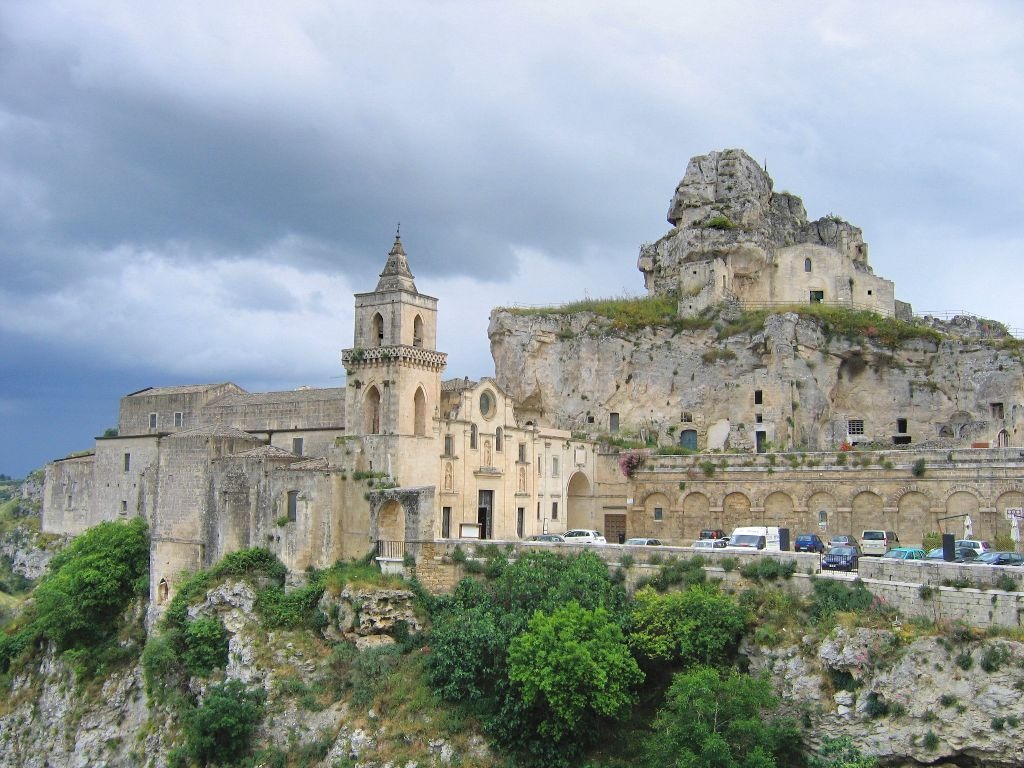
Visiting Information
Matera is on the Bari-Matera line, operated by a private railway company, Ferrovie Appulo Lucane.
Ravenna
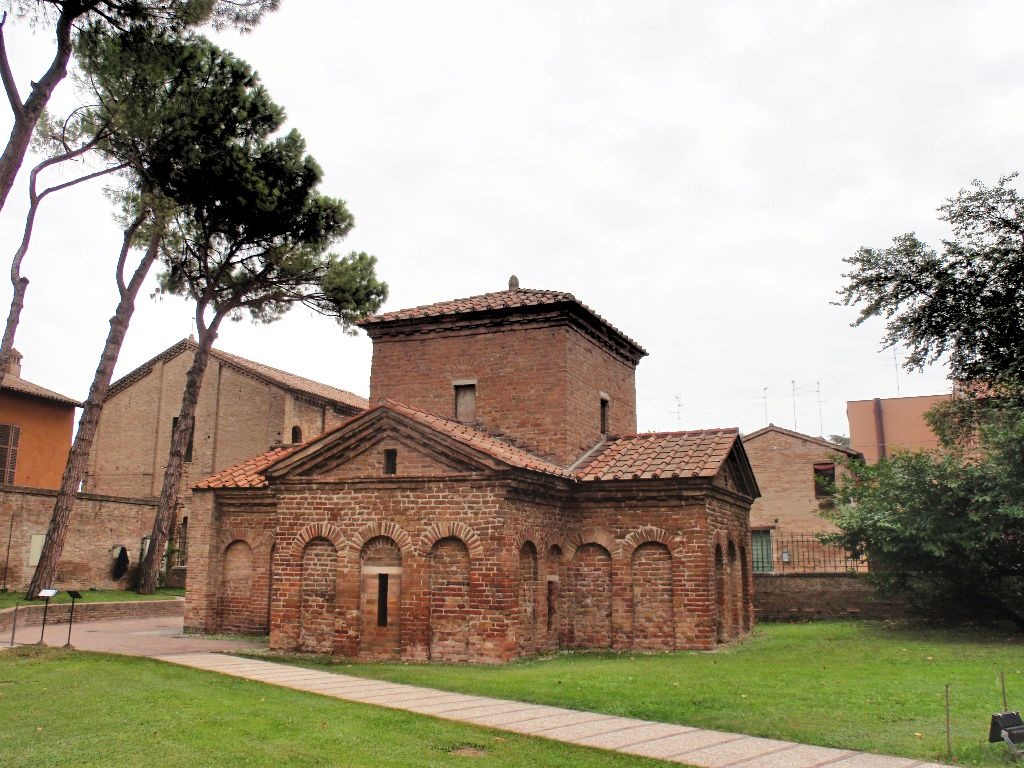
The early Christian buildings and the mosaics are amongst the best surviving examples of this form of art in Europe. They blend together western and eastern imagery and design.
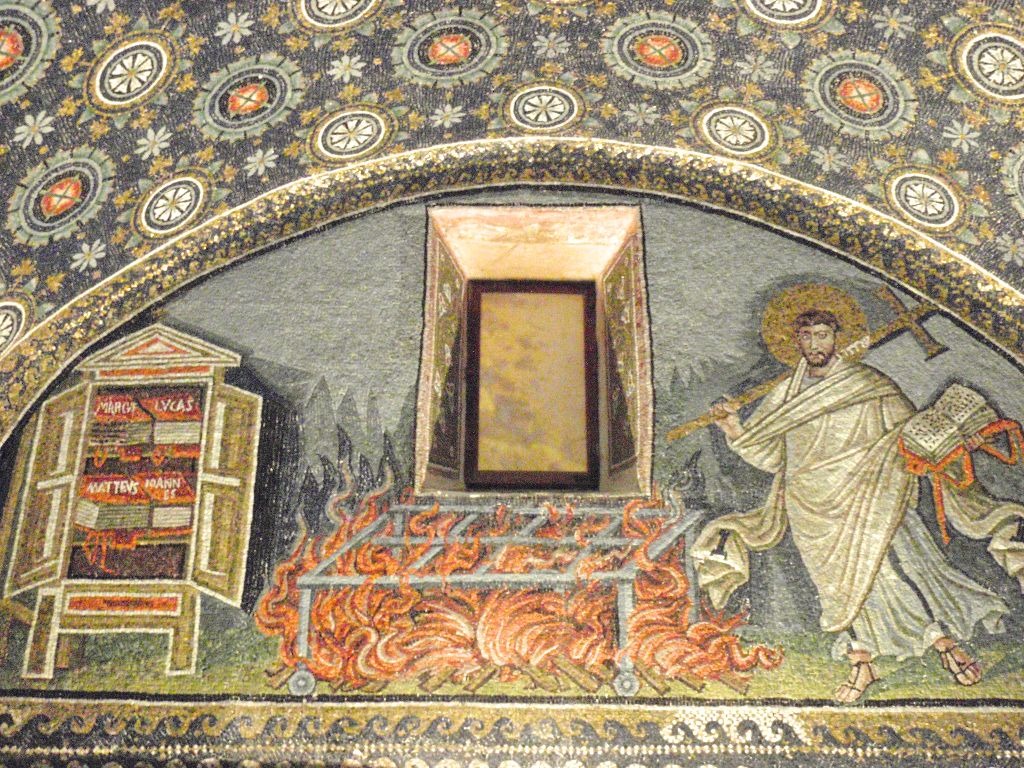
Visiting Information
The main tourist attractions that include the mosaics and the churches can be visited on a combined ticket.
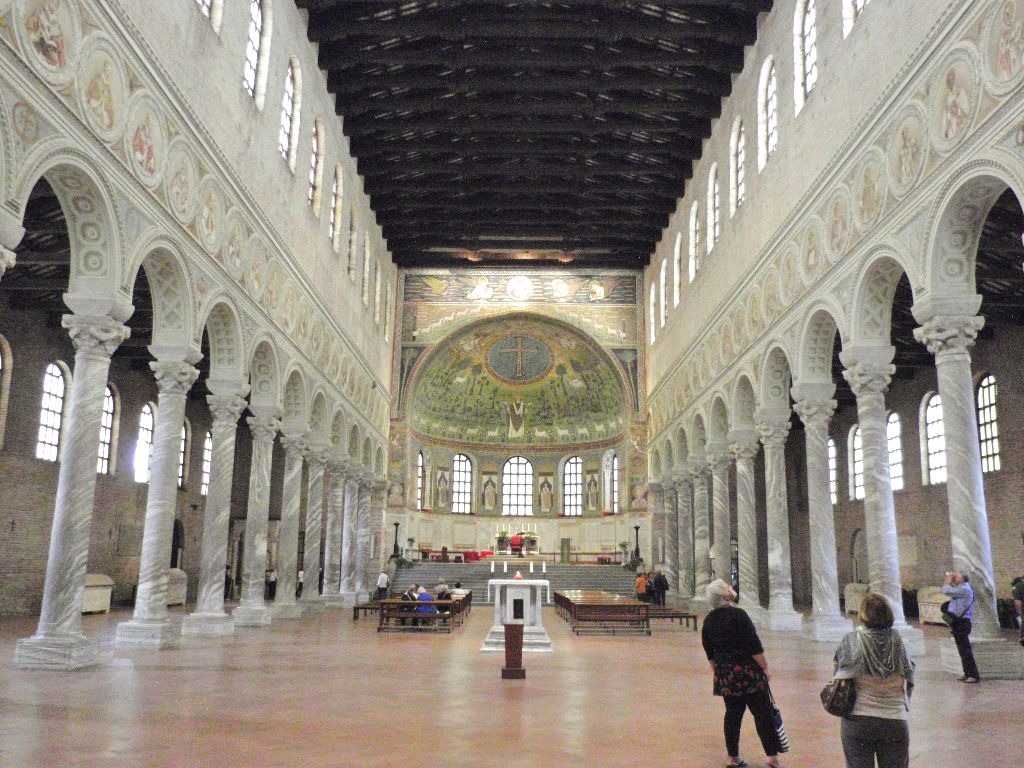
Cost – 9,50 Euro (Children aged 6-18 is 8,50 euro)
Mantua and Sabbioneta
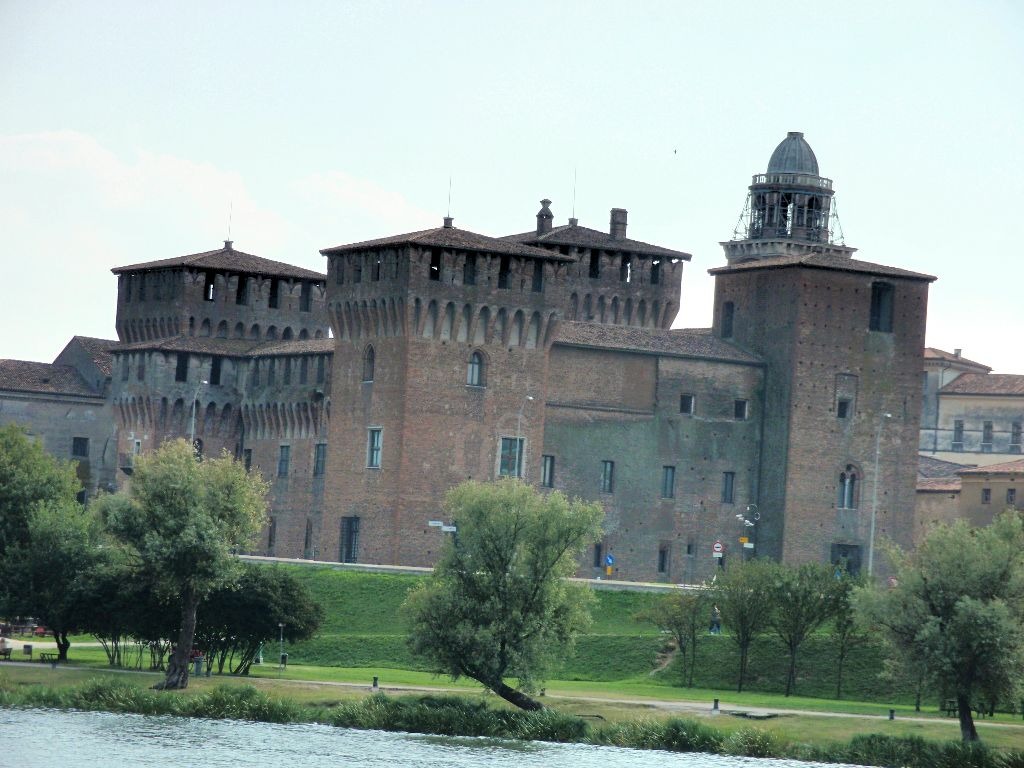
The cities of Mantua and Sabbioneta represent two ideas in Renaissance town planning. In Mantua, it is the renewal and extension of an existing town.
Sabbioneta has been given the title ‘ideal city’. Sabbioneta is said to be the most perfect example and was granted UNESCO status in 2008 in recognition of this.
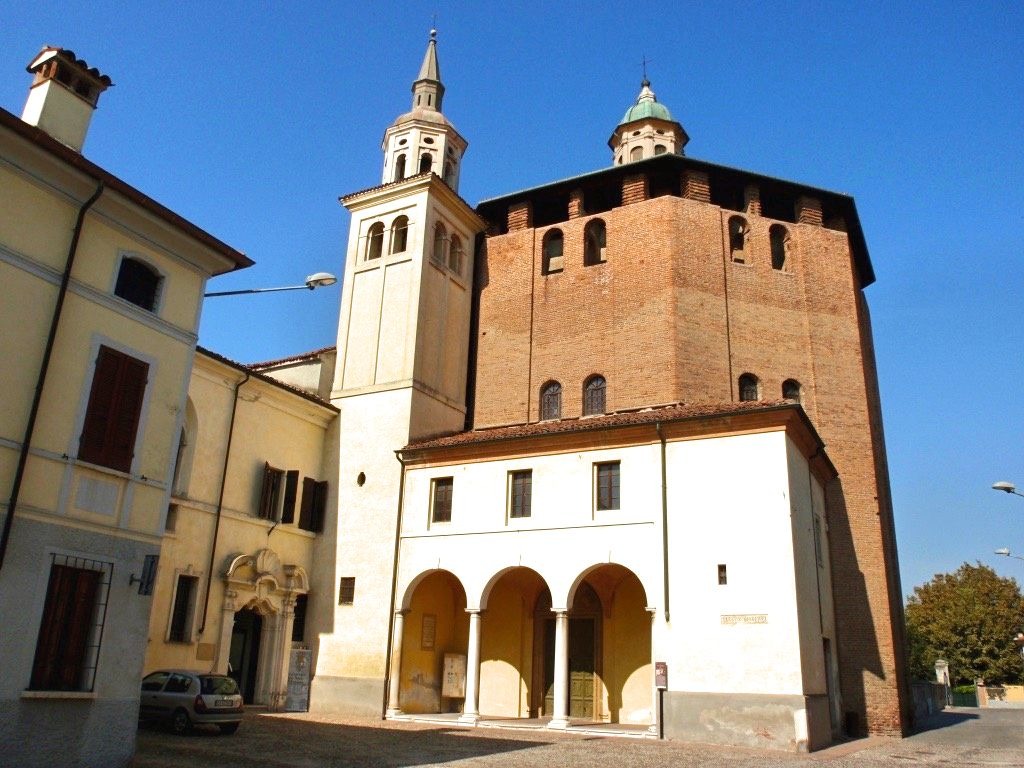
In Mantua – the Renaissance palaces of Palazzo Te and Palazzo Ducale (for Mantegna’s frescoed room, Camera degli Sposi). Also, the Basilica of Saint Andrea and the Duomo.
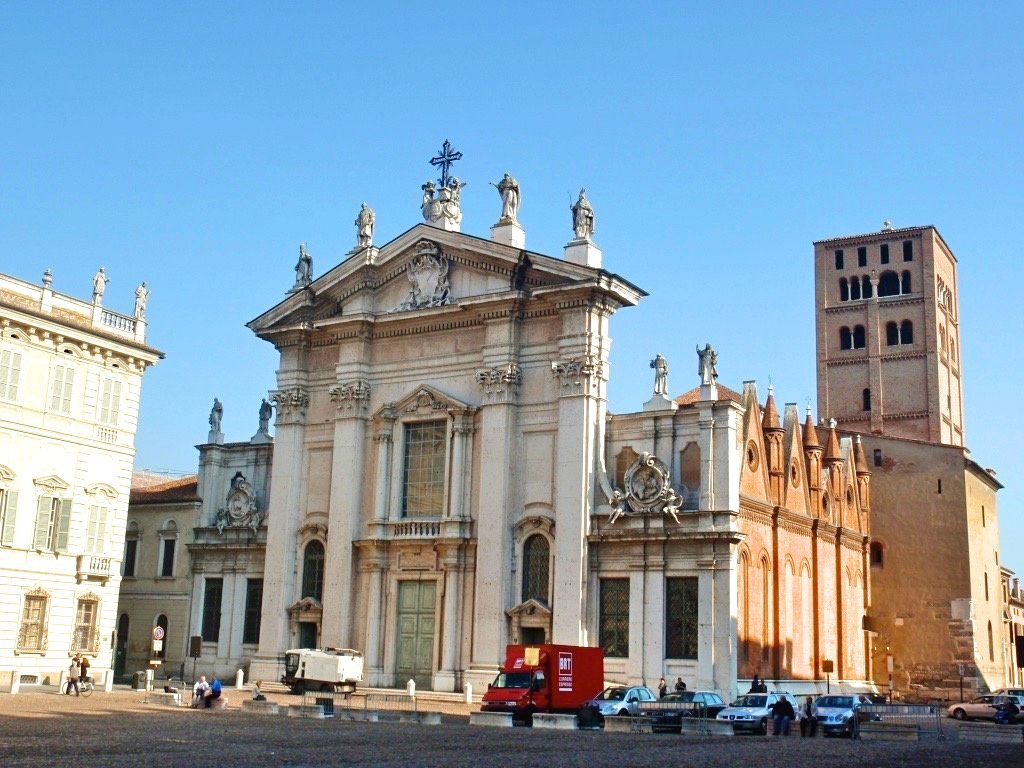
In Sabbioneta – the Jewish ghetto (including a Hebrew printing-press), the Teatro all’antica, Galleria degli Antichi and the Palazza del Giardino. Also, the beautiful central Piazza Ducale and Palazzo Ducale (now the town hall).
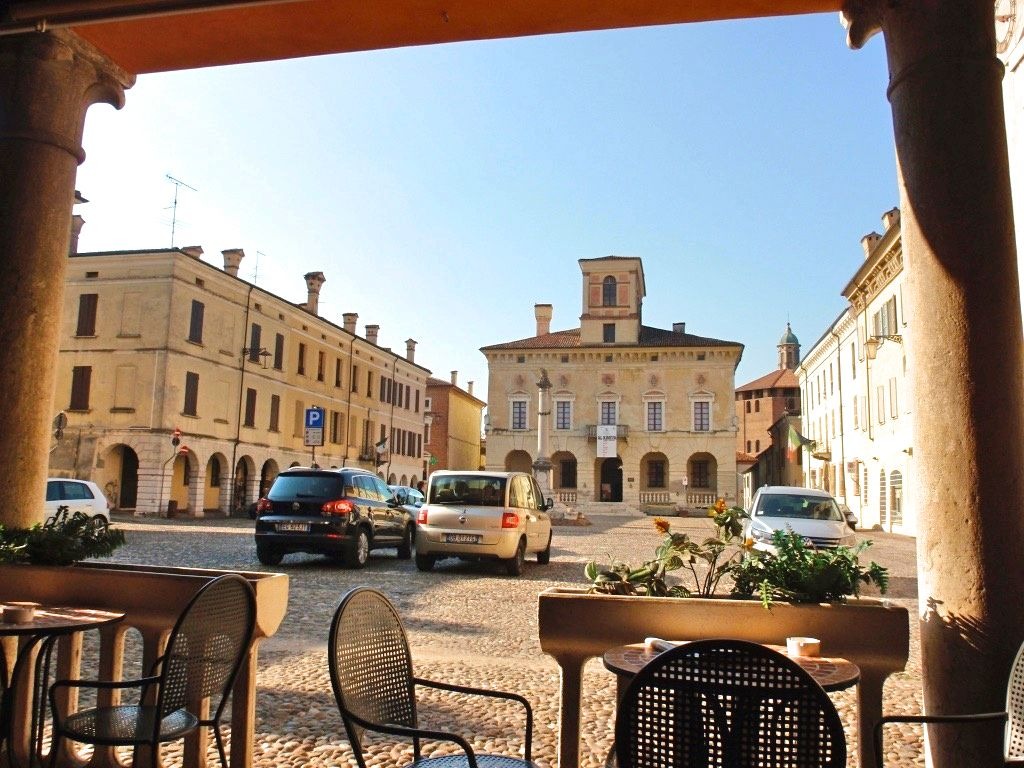
Visiting Information
Mantua can easily be visited by rail from Milan. Sabbioneta is 30km from Mantua. There is a bus from Mantua.

